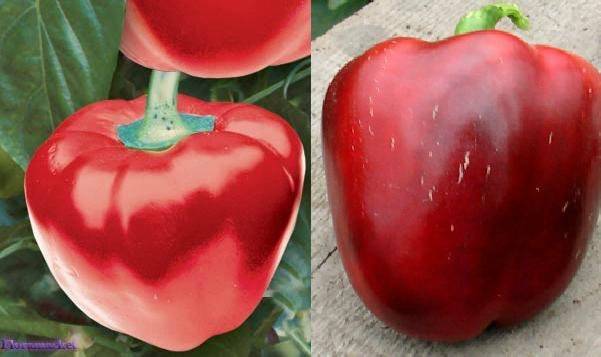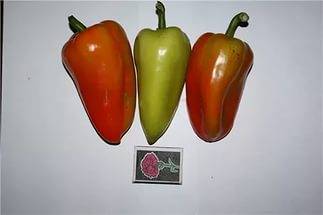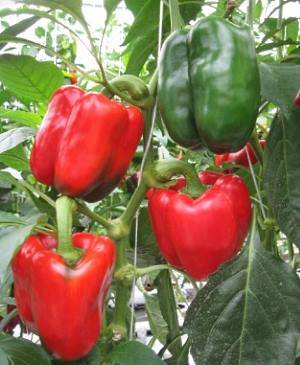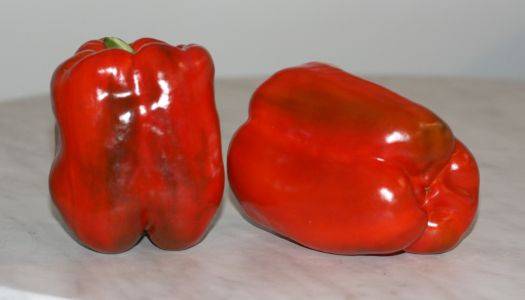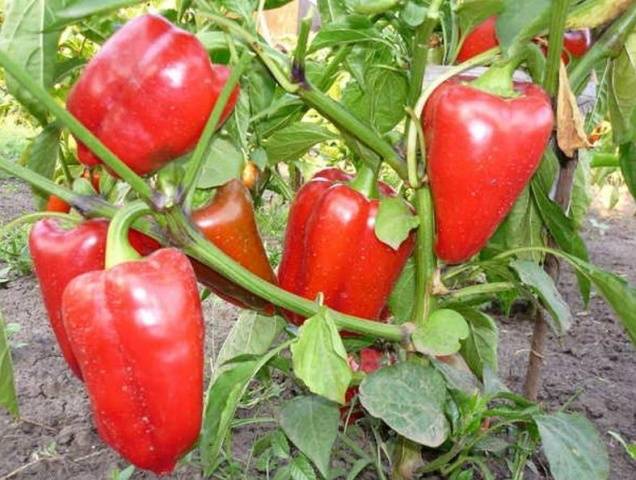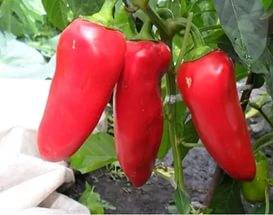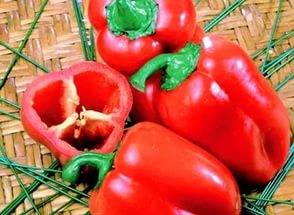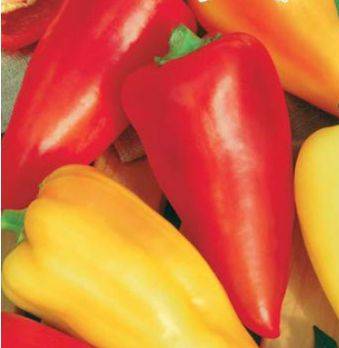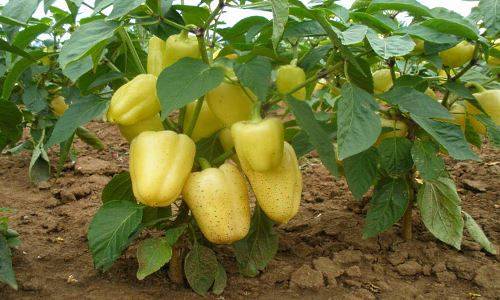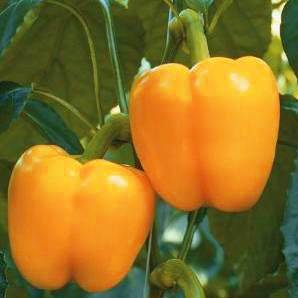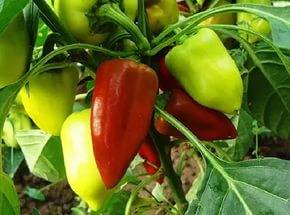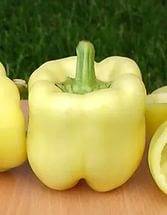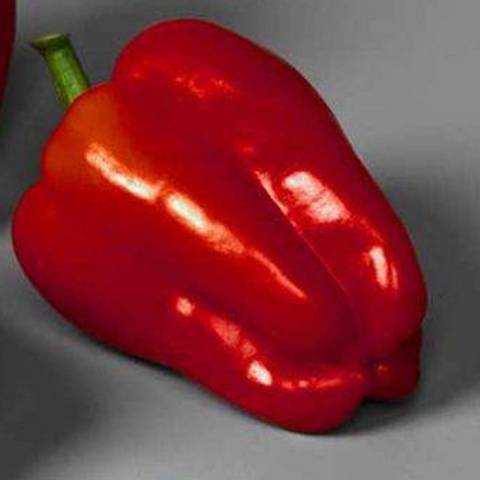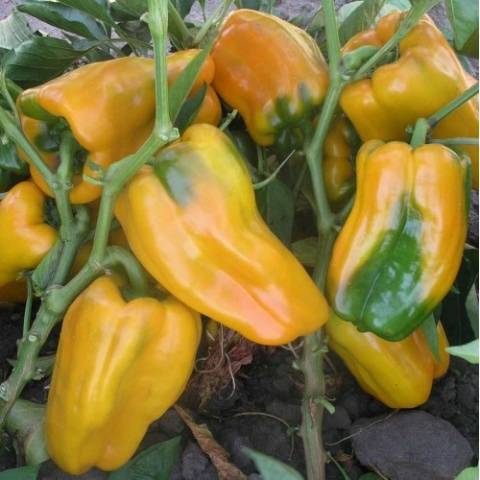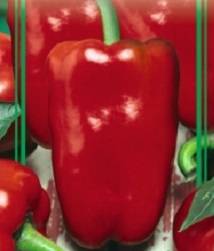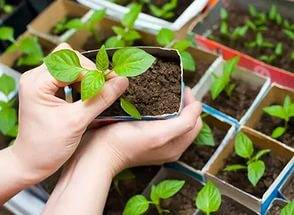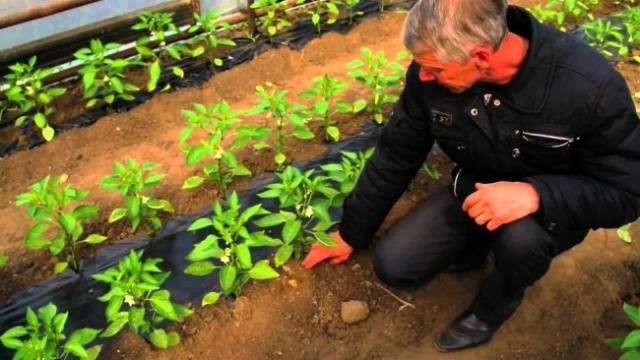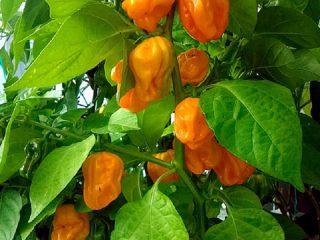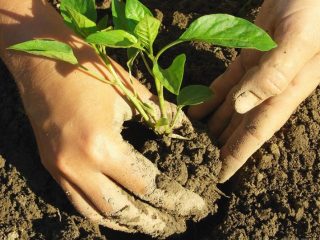Content
The Siberian climate is harsh and often changeable, which negatively affects the cultivation of thermophilic vegetables such as sweet peppers. However, with the right choice of seed material, this vegetable of Mexican origin can take root, bringing good yields. The best suited for Siberia are early ripe peppers that can ripen in a short summer before the onset of cold weather.
The best peppers for Siberia
The harsh continental climate of Siberia negatively affects thermophilic crops. This region requires varieties of peppers adapted to difficult growing conditions, which breeders have been working on for many years. Many hybrids and varieties of sweet peppers have been developed, which, subject to agricultural technology, bring fairly good yields. Usually these are crops of the early and mid-early ripening period.
Sowing seeds begins in February. Pepper seedlings will be ready in 2 months. Plants are most often planted in greenhouses and after 95–120 days, depending on the variety, the first crop is harvested. Usually early crops bear up to 4 kg of fruits from 1 m2 and a pulp thickness of about 6 mm. However, there are hybrids that produce fleshy peppers with a wall thickness of 10 mm.
The video shows a selection of pepper varieties for cold climates:
It's time to move on to a smooth review of early peppers, but first I would like to consider two popular varieties that are considered the Siberian standard.
Gingerbread man
The culture of Moldovan breeders has perfectly adapted to Siberian conditions. An early variety of pepper bears excellent fruit in open beds and under a film cover. The plant has a low-growing bush that is easy to care for. Three- and four-chambered fruits have a delicate red flesh with a thickness of about 9 mm. The maximum weight of one pepper is 90 g. The vegetable is considered to be of universal use.
Topolin
The plant can be formed with two stems, resulting in a tall shrub that requires a garter to the trellis. With conventional molding, a medium-sized bush grows, which is grown without being tied up in a standard form. The first crop can be removed after 110 days from the moment the seedlings germinate. Green peppers turn red as they ripen. The fruits are not fleshy with thin walls weighing a maximum of 150 g. If measured on a large scale, then about 50 tons of harvest can be harvested from 1 hectare, which is 5 kg / 1 m2.
Overview of early varieties
Now let's get down to an overview of the early peppers. This does not mean that they are worse than those considered above, they simply singled out the first two cultures as the most famous.
Novosibirsk
Early ripening variety of peppers bred for cultivation in the botanical garden of Siberia. Seeds sown in February produce mature seedlings after 2 months, which can be transplanted into a greenhouse. After 95 days, the first peppercorns ripen. As for the yield, then from 1 m2 you can get about 4 kg of fruit. The bushes grow up to 1 m high, producing peppers weighing up to 58 g with aromatic red pulp 6 mm thick.
Earlier miracle
The culture belongs to the early fruiting period. Ripe fruits can be obtained after 90-105 days from the moment the seedlings germinate. The plant is endowed with immunity to viral diseases. The bush can grow up to 1.2 m in height, which requires a garter of branches. When ripe, the peppers turn red.
Montero
Another tall plant up to 1.2 m in height is suitable for growing in all types of greenhouses. The fruits are very large with a flesh thickness of 7 mm and weigh about 260 g. With good feeding, it was possible to grow giant peppers weighing 940 g. The value of the vegetable is excellent taste. The variety is considered high-yielding, since from 1 m2 7-6 kg of fruit can be harvested.
Merchant
A very early ripening variety brings its first harvest 80 days after the first shoots appear. Small-sized fruits weigh a maximum of 70 g. As they ripen, the flesh 7 mm thick turns red with a high content of vitamin C. The yield is average, from 1 m2 you can get up to 3 kg of vegetables.
Pioneer
The variety was bred back in 1987 by Ukrainian breeders. The culture has adapted to the Siberian climate and can be grown even in the Urals. The yield is very low, only 800 g from 1 m2, but the plant bears fruit in the open field without any problems. Small cone-shaped peppercorns weighing 55 g grow on a bush up to 70 cm high. The flesh is red, 4 mm thick. The first harvest can be obtained after 116 days from the moment the seedlings are planted.
Winnie the Pooh
A low-growing plant has a maximum bush height of 30 cm. The first harvest can be obtained 110 days after germination of the seedlings. Small cone-shaped peppercorns ripen amicably, and on the bush they are grouped in a bouquet.
Firstborn of Siberia
The fact that this is an early Siberian variety is evidenced by its very name. The first ripe fruits can be obtained in 100 days. West Siberian breeders have endowed the plant with immunity to viral diseases. According to its characteristics, the culture is similar to the varieties of peppers "Novosibirsk", "Sibiryak" and "Victoria".
Donetsk early
A low-growing plant brings its first harvests after 120 days from the moment the shoots germinate. Cone-shaped peppercorns have a rounded top. The plant can withstand sudden changes in the weather without fear of fungal diseases. According to the characteristics of the fruit, the variety is similar to "Topolin" and "Kolobok".
Dandy
The variety is a novelty developed by West Siberian breeders. The medium-high bush bears bright yellow barrel-shaped fruits. Large peppers weigh about 200 g, while their flesh is 7 mm thick. The vegetable has an excellent presentation.
Triton
The culture is able to bring an early harvest after 85–90 days from the moment the seedlings germinate. Low-growing bushes 45 cm high are very productive. From 1 m2 you can get about 10 kg of vegetables, and each bush forms up to 50 ovaries during the entire fruiting period. The mass of the peppercorns is about 150 g, while the thickness of their walls is 5 mm. As it ripens, the color of the flesh changes from green to red.
Pepper selection rules
The short duration of warm days in Siberia severely limits the selection of suitable sweet pepper varieties. When choosing seeds, you need to pay attention to the early maturity of the vegetable. Late ripening culture will not have time to mature even in a greenhouse.
When choosing seeds between varietal peppers and hybrids, you need to know that each of the crops requires different care. For example, the agricultural technology of hybrids is a little more complicated. Here you will need to observe the exact temperature regime, plus apply top dressing in a timely manner. However, the yield and quality of the fruit of the hybrids comes first. If all the conditions are met, peppercorns weighing more than 400 g can be grown.
In the professional cultivation of peppers, attention should be paid to imported hybrids. They bear large fruits with thick walls. Also, varieties must be selected according to the shape and color of the fruit.
Brief overview of hybrids
So, we have considered some varieties, it is time to pay attention to several hybrids popular in Siberia.
F1 White Lady
A compact, small bush bears strong, large cuboid fruits. When ripe, the pepper color changes from white to orange.
Claudio F1
In a maximum of 80 days, the hybrid will give a ripe crop of peppers. The red cuboid fruits weigh about 250 g and have dense juicy flesh. The hybrid is resistant to weather changes and many diseases.
Gemini F1
The culture of Dutch selection has adapted well to the Siberian climate. Ripe fruits can be obtained very early after about 72 days from the moment the seedlings are planted. Cuboid yellow peppers weigh about 400 g. The culture easily tolerates various stresses, and the fruits themselves are not afraid of burns from direct sunlight.
Montero F1
A fairly popular hybrid is used by vegetable growers to obtain greenhouse crops. Red peppers weigh a maximum of 260 g. The first fruits ripen 90 days after planting.
A little about sowing seeds and caring for seedlings of early varieties
Sowing seeds for seedlings in Siberia begins by the end of February and beginning of March. To select high-quality grains, they are immersed for 10 minutes in a container with salt water and all floating pacifiers are thrown away. The good seeds remaining at the bottom are washed with clean water, disinfected with a manganese solution, and then, spreading them out on gauze, they are periodically moistened with warm water with the addition of a growth stimulator.
The hatched seeds are planted in 3 pieces in cups. It is better to buy soil from the store, but you can make the mixture yourself by collecting land from the garden. For disinfection, a glass of wood ash is added to the bucket of soil.
Each seed is buried 2-3 cm and all glasses are covered with a transparent film, after placing them in a warm place. Watering is carried out periodically as the soil dries, preferably by spraying. After the appearance of 3-5 leaves, the seedlings can be planted in the garden.
For better survival of seedlings, it must be planted in warm soil with a temperature of at least 20aboutC. Usually, a distance of 80 cm is maintained between the bushes, and 60 cm between the beds.
The video provides recommendations for choosing pepper varieties for planting:
Common mistakes when growing seedlings
Inexperienced growers often make the simplest mistakes when growing seedlings, the result of which is a poor harvest or the death of the plant itself. Failure to comply with the temperature regime and growing seedlings with limited lighting will lead to the fact that the plants will begin to stretch. Planting on shady beds threatens with the fall of flowers, which will affect the amount of the crop or, in general, there will be none.
If a healthy-looking seedling with two full leaves suddenly stopped growing, it is urgently required to feed it. To do this, you will need to buy a complex fertilizer in a specialized store and pour the sprouts with a solution prepared according to the instructions. For the best germination of seedlings, the soil should always be slightly moist and warm. When all the seeds have sprouted, the ambient temperature is lowered for a couple of days to 18aboutC. This measure is necessary to harden the sprouts.
The video will tell you about the common mistakes in growing pepper:
Having chosen the varieties of early peppers you like, and observing the agricultural technology of growing crops, in Siberian lands it will definitely be possible to grow a good harvest of a heat-loving vegetable.
